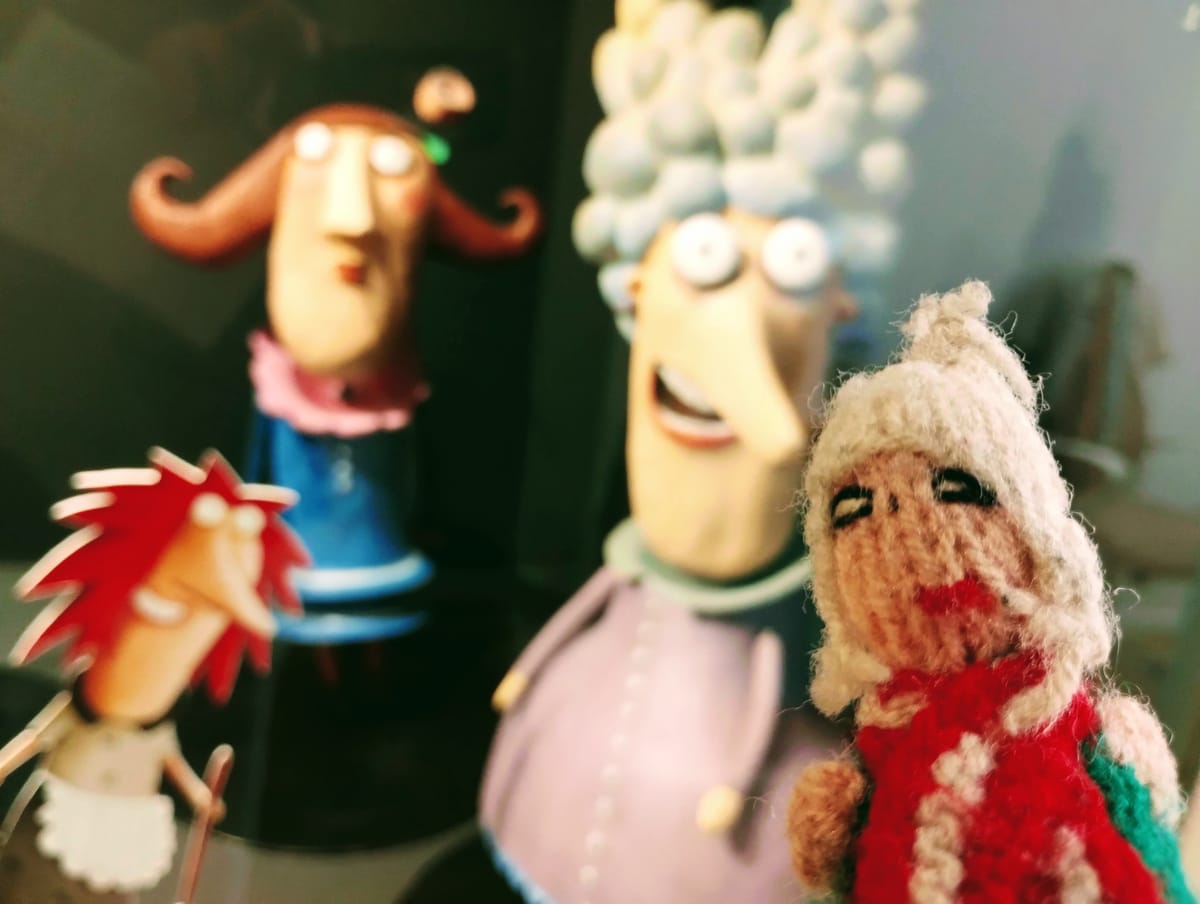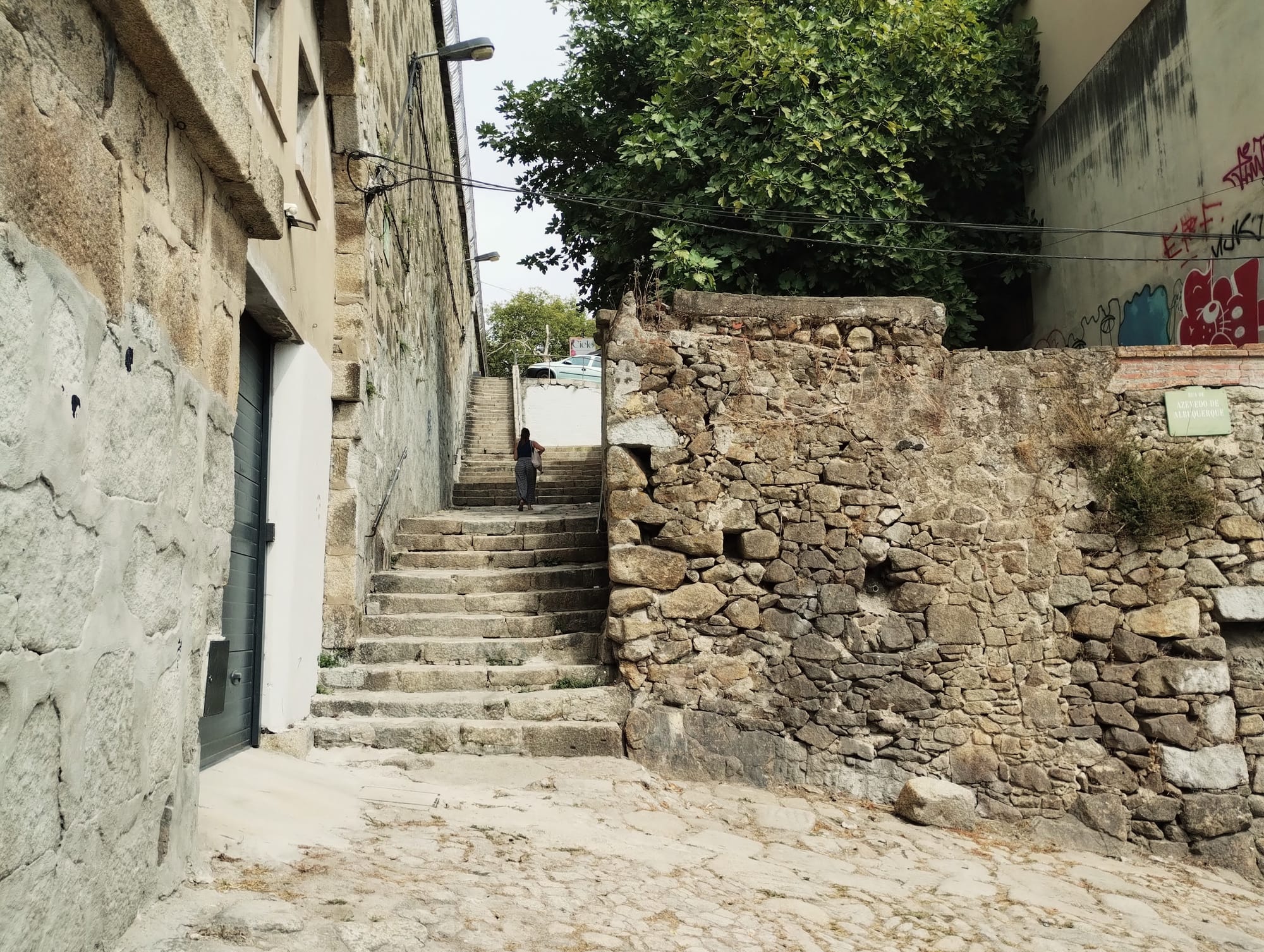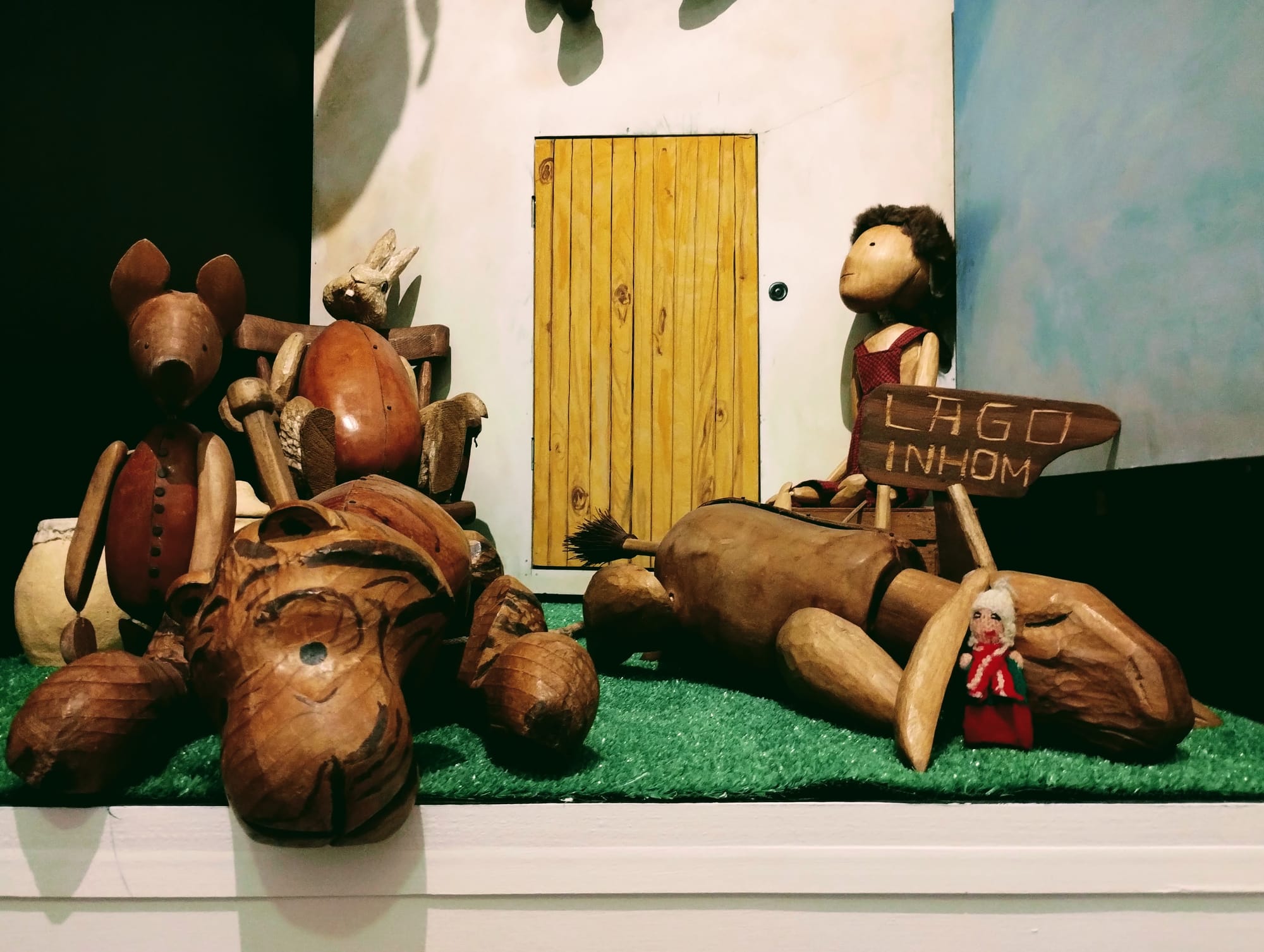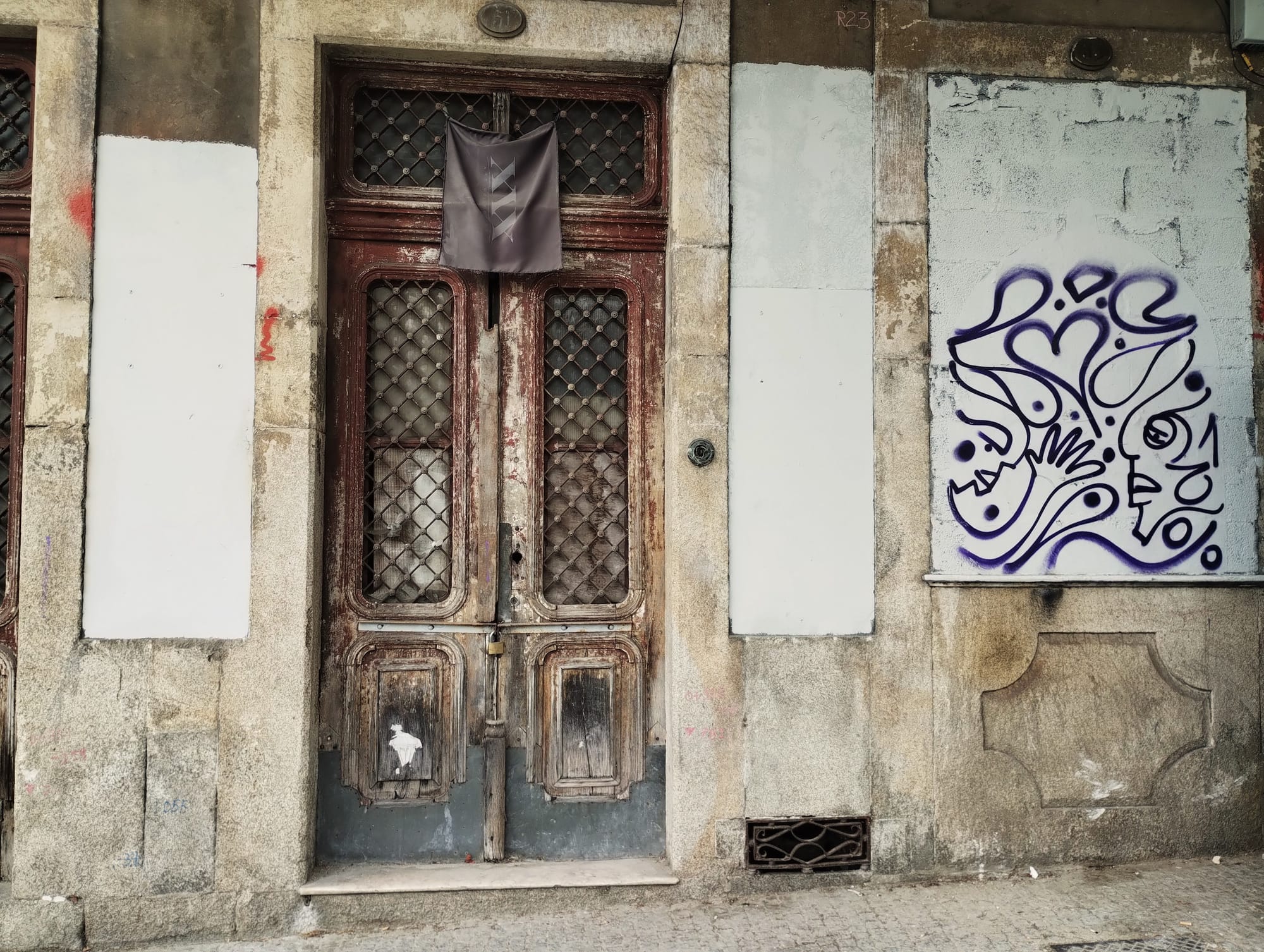Iberian return, day five: Porto
I really need to buy some train tickets.

Hostess, still determined to kill me through the painful art of exercise, helped me abandon my stressful mission of finding trains and accommodation to facilitate my return to France by summoning me for lunch at Casa Viúva, a small busy restaurant serving authentic Portuguese cuisine.
That is to say, fish. And a lot of it.
I was delighted, of course, and got there before twelve in time to join the queue on the pavement. The restaurant does not take reservations and seats diners as and when it can, and so the the queue slowly marched forwards into the small room as patrons before us finished their meals and liberated space for newcomers.
Afflicted with an unexpected but predictable case of wine-flu, fish was perhaps not up high on my list of comfort food, but I started the restorative process with a bowl of vegetable soup before valiantly embarking on a course of sardines and rice, delicately discarding the faces onto a saucer provided.

There we discussed the ongoing over-tourism and I was told in no uncertain terms that I should avoid that bookshop with those stairs, because not only is there no actual link to a young wizard, but also – and perhaps more practically-speaking – because the queue outside was horrifying. And she doesn't like the people there.
Instead, my first port of culture today was a nice walk through hitherto unseen parts of Porto to the Jardins do Palácio de Cristal, public gardens considered by Hostess as the finest in Porto, where according to the warning signs, the peacocks are horny. They were not to be seen, currently breeding out of sight of the book fair.
The gardens are named after the Palácio de Cristal, inspired by its namesake in London, which opened to host the 1865 International Exhibition, but which was unceremoniously demolished in 1951 amid protests after falling into Porto's signature disrepair. It contained one of the world's largest pipe organs, which was "demolished with a hammer", and the site is now the site of a sports pavilion known as the Super Bock Rosa Mota Pavilion or, more coloquially, the UFO.
The surrounding area is still named after the palace.

After some wandering and contemplation, I was left once again to my own devices and took Puppet to the Porto Puppet Museum, a small delightful place of puppety utopia hidden on Belomonte, a narrow cobbled street like so many in the historic centre of Porto.
I had previously emailed to inform them of my intention to bring the puppet to be among his kind and was looking forward to it. Inaugurated in 2013 to celebrate the 25 years of the company of puppeteers behind the Porto Puppet Theatre, the museum is cosy and charming. It was conceived by the founder of the theatre, João Paulo Seara Cardoso, and serves to honour him as part of the city's tapestry of art.
Sadly there was no guided tour as the team is working on the next production and is not to be found in the museum. Nonetheless, puppet and I spent a fun time looking at the many puppets on display and playing in the "manipulation zone", in which a few puppets are out for a good time, and those in the mood can play with lighting and sound effects to put on their own puppet spectacular. There's also a video area where people can sit and watch recordings of previous performances by the puppet theatre, including contemporary takes on Cinderella featuring appearances from characters from other children's stories.
Two floors of puppety goodness await. Entrance is 3,50€. Puppets get in free.
Trying to mitigate the mistakes of the night before, I had a power siesta in the afternoon, then foraged for food (I am not proud of my choices) and free sangria.
